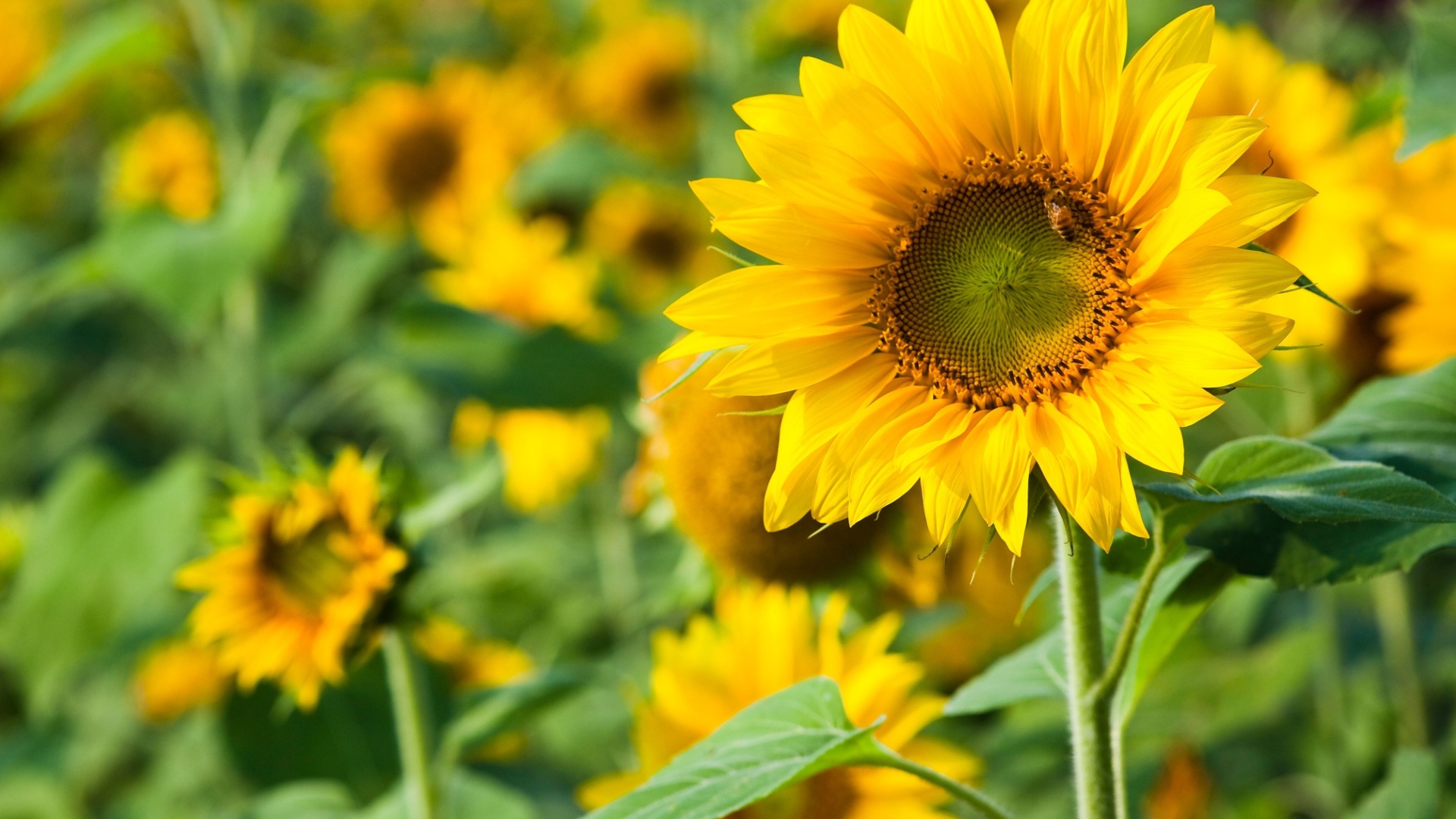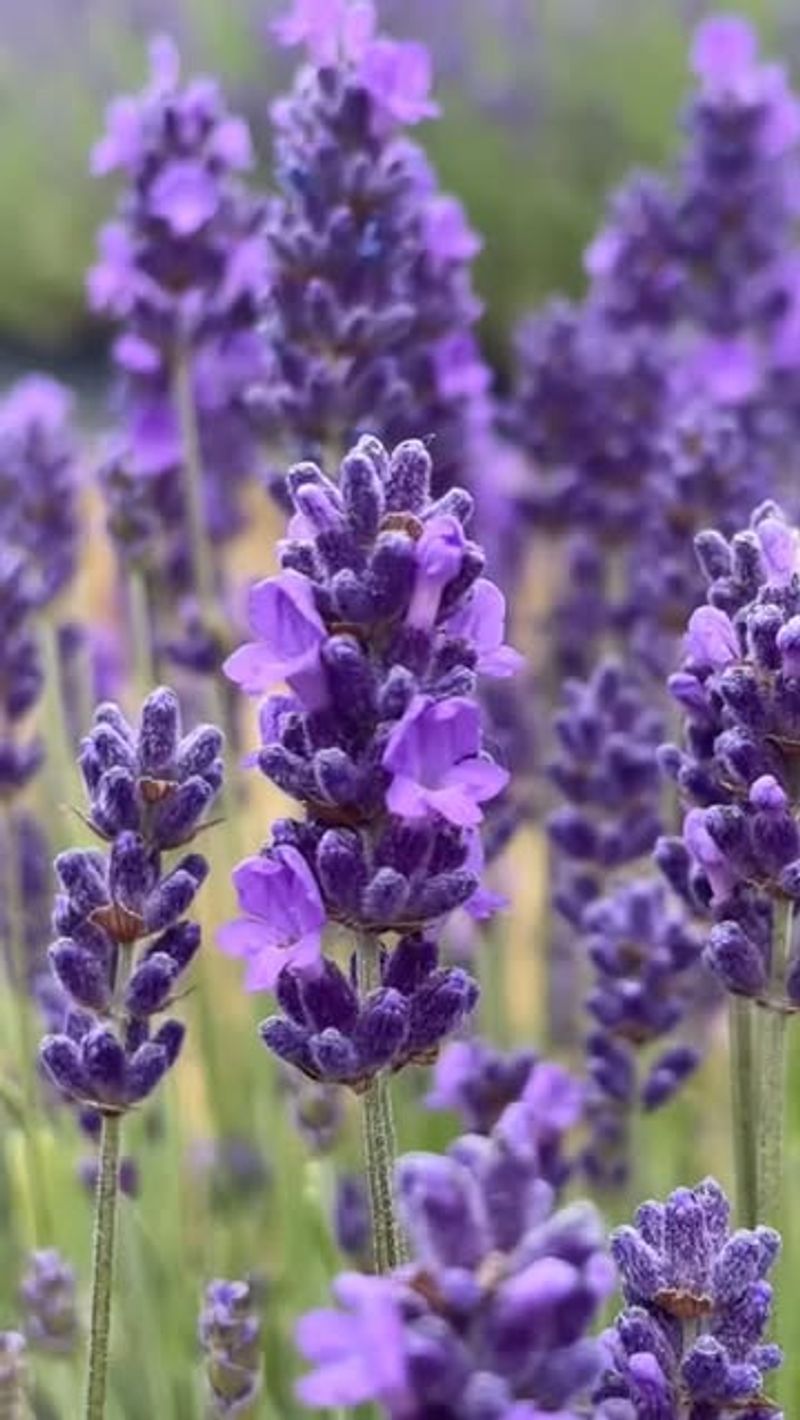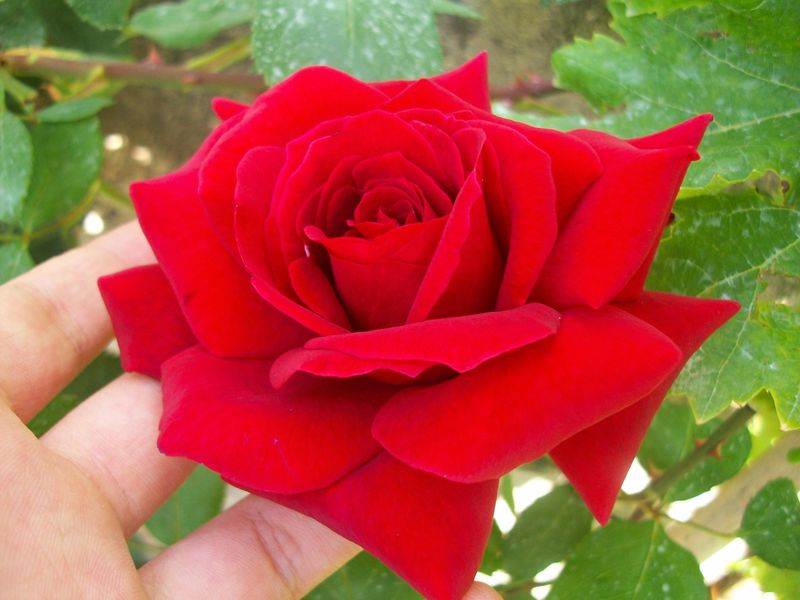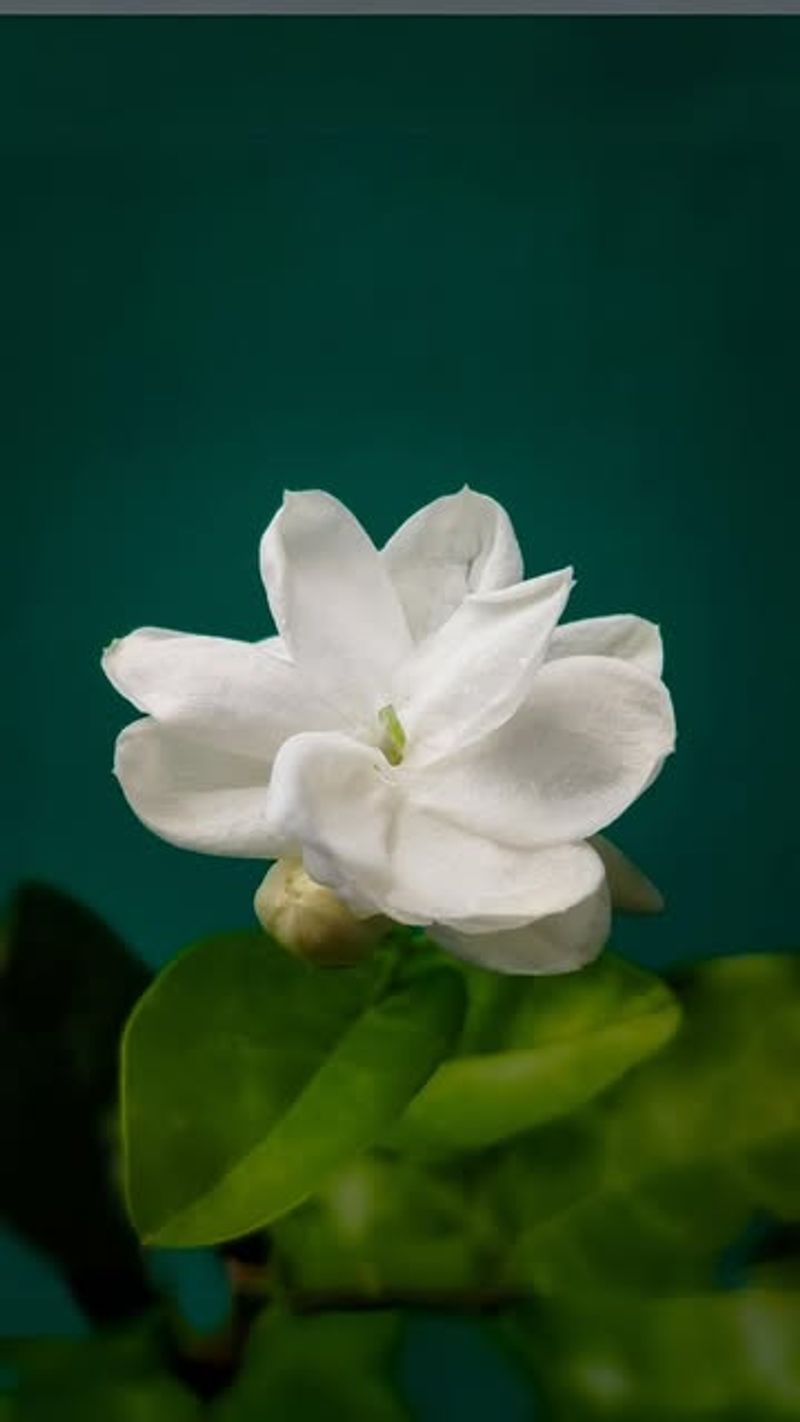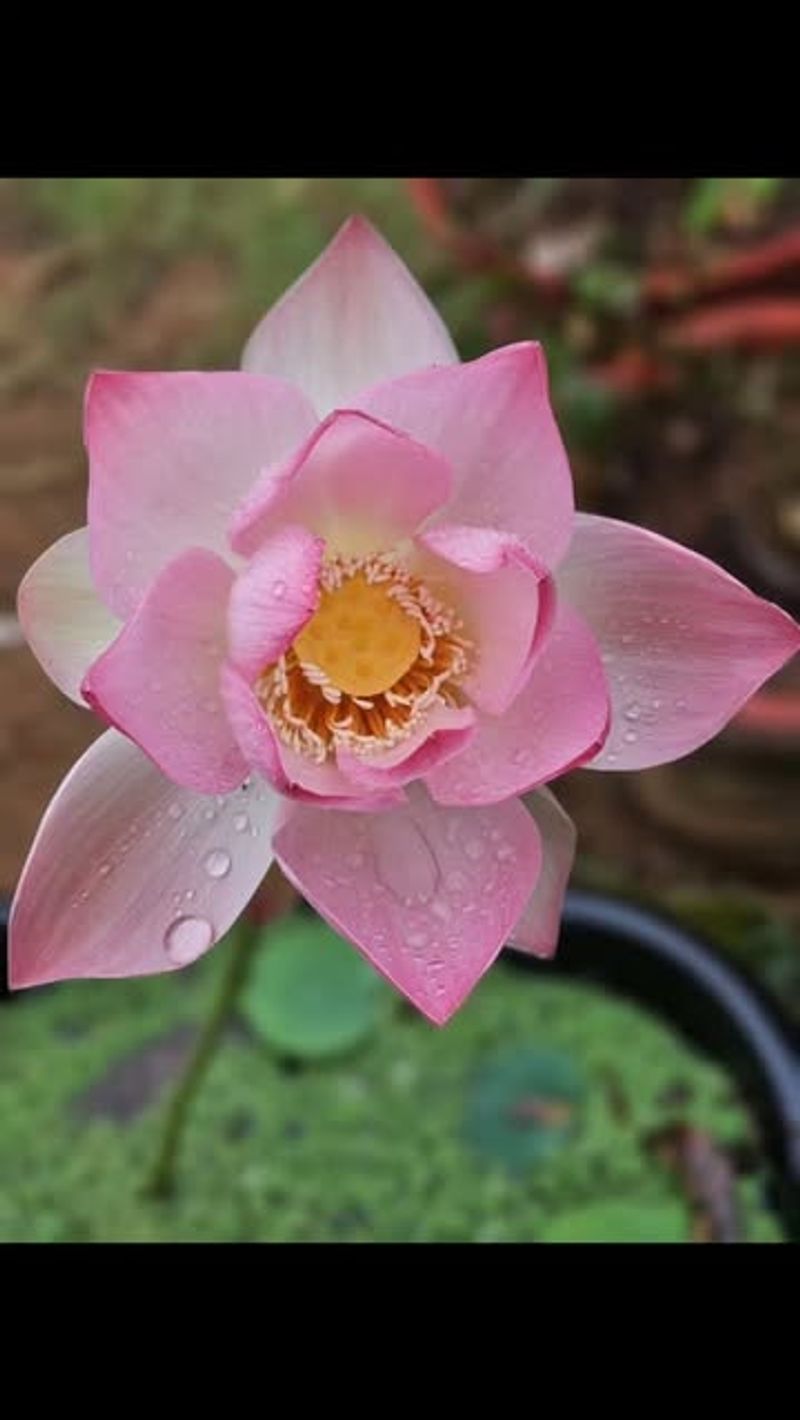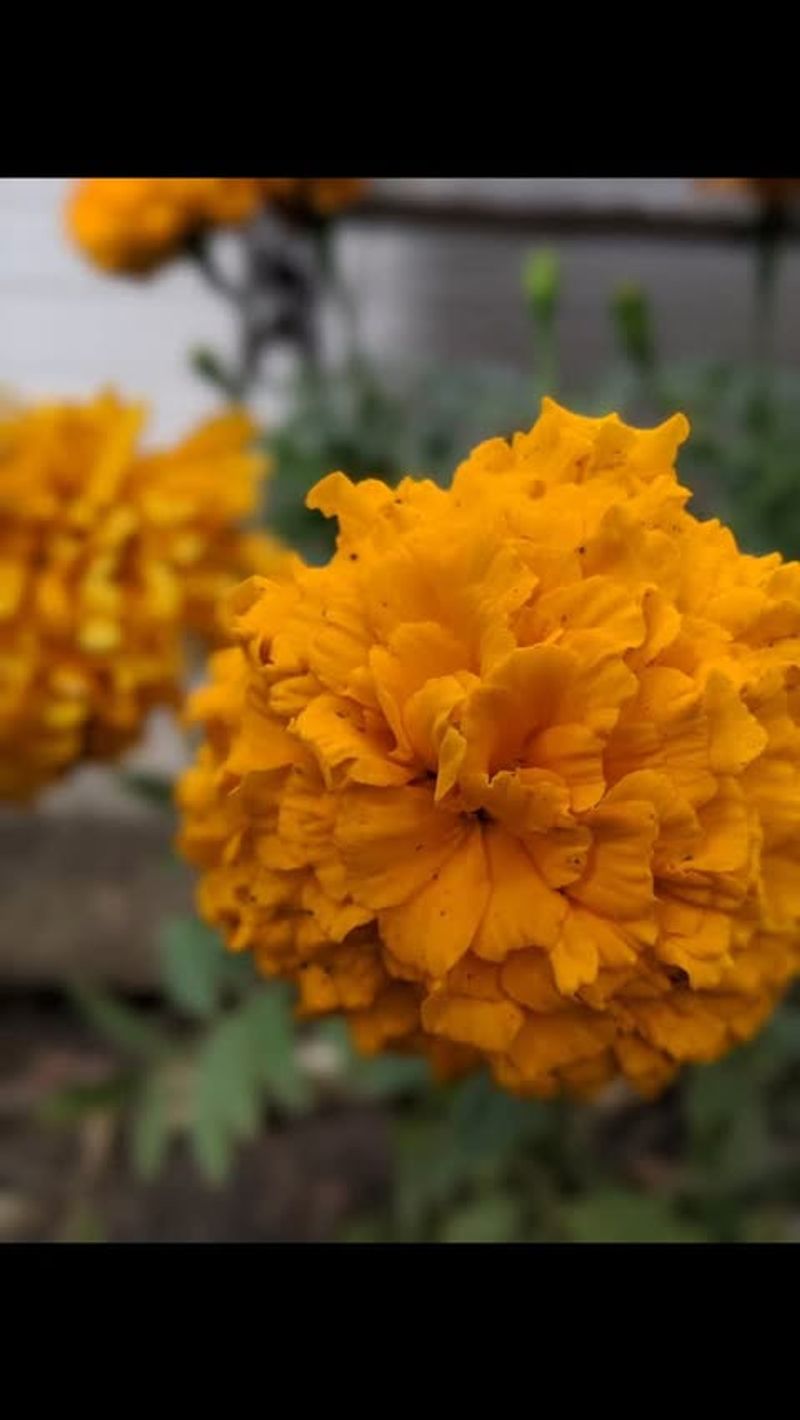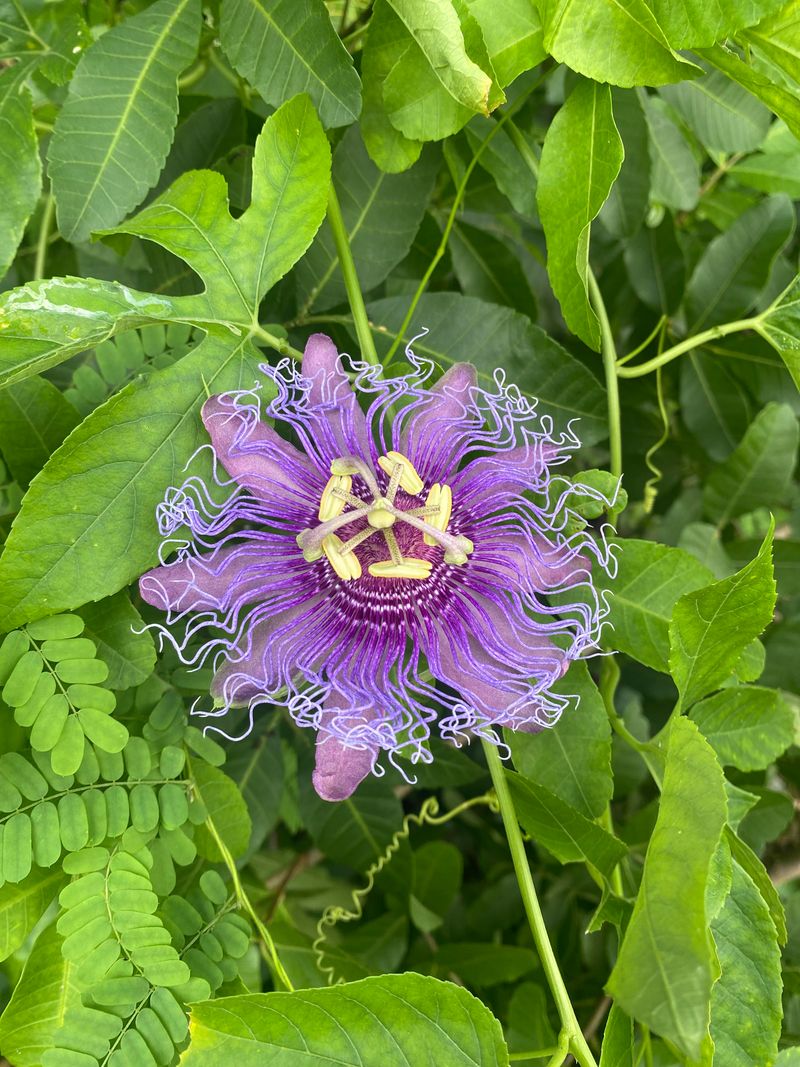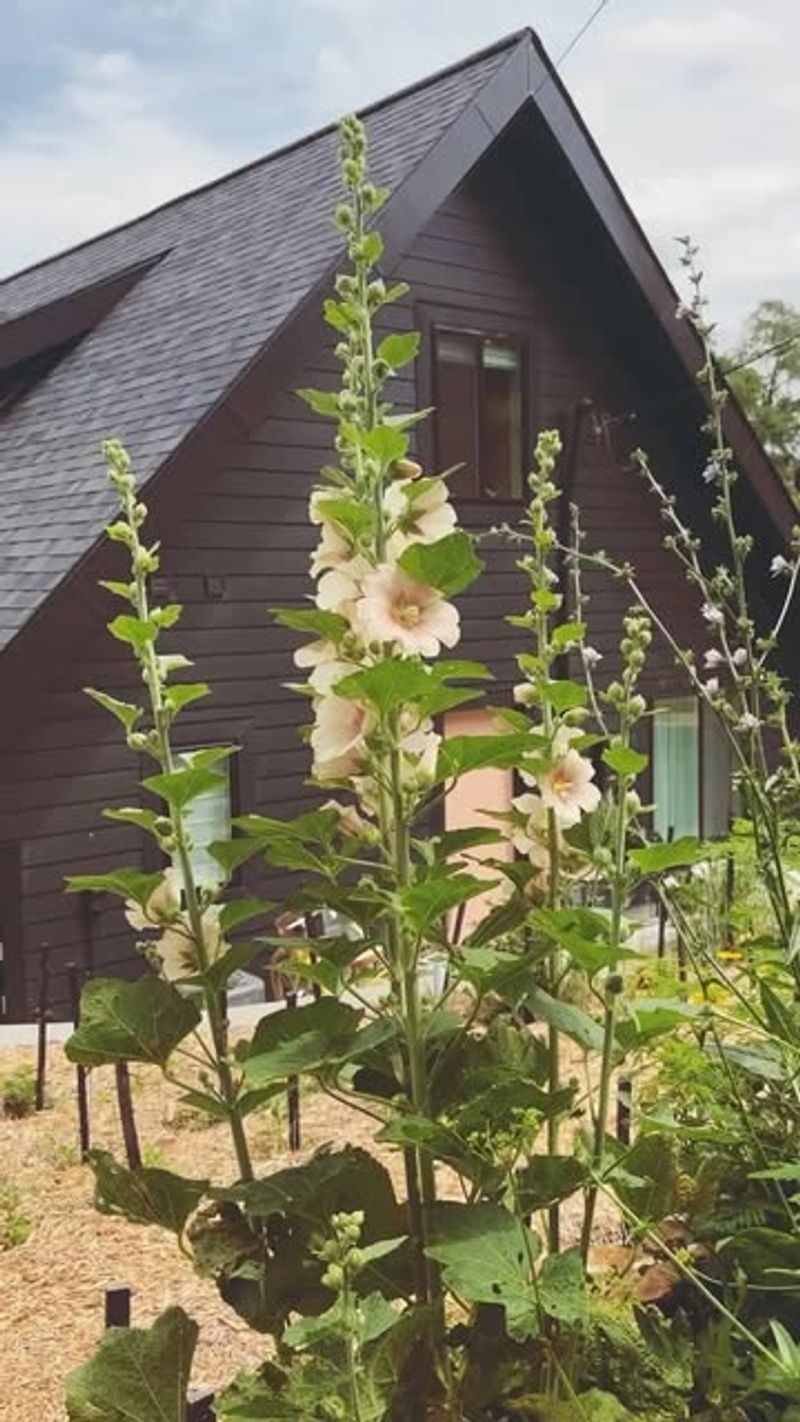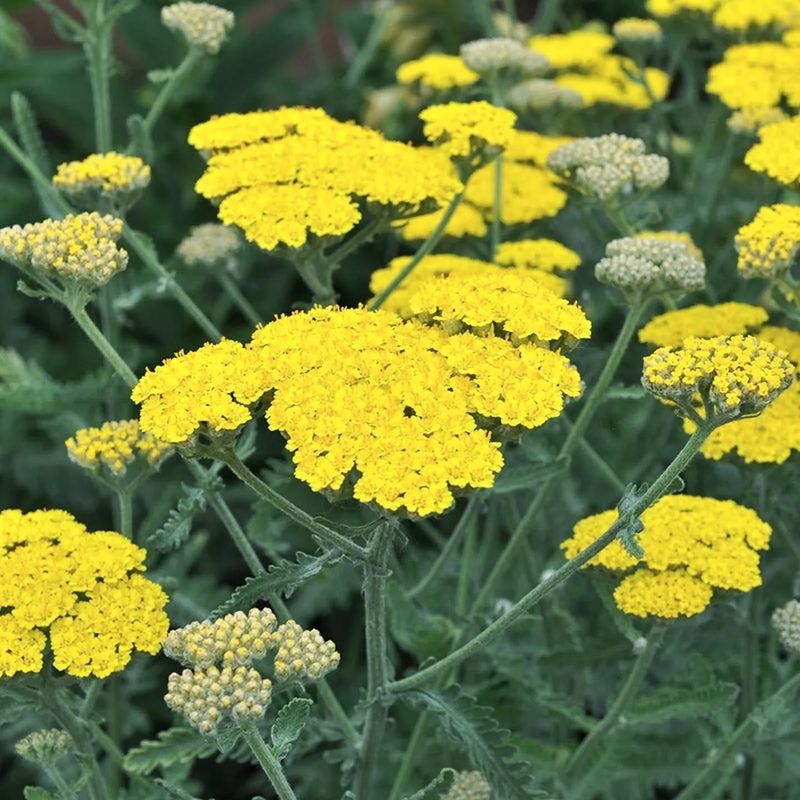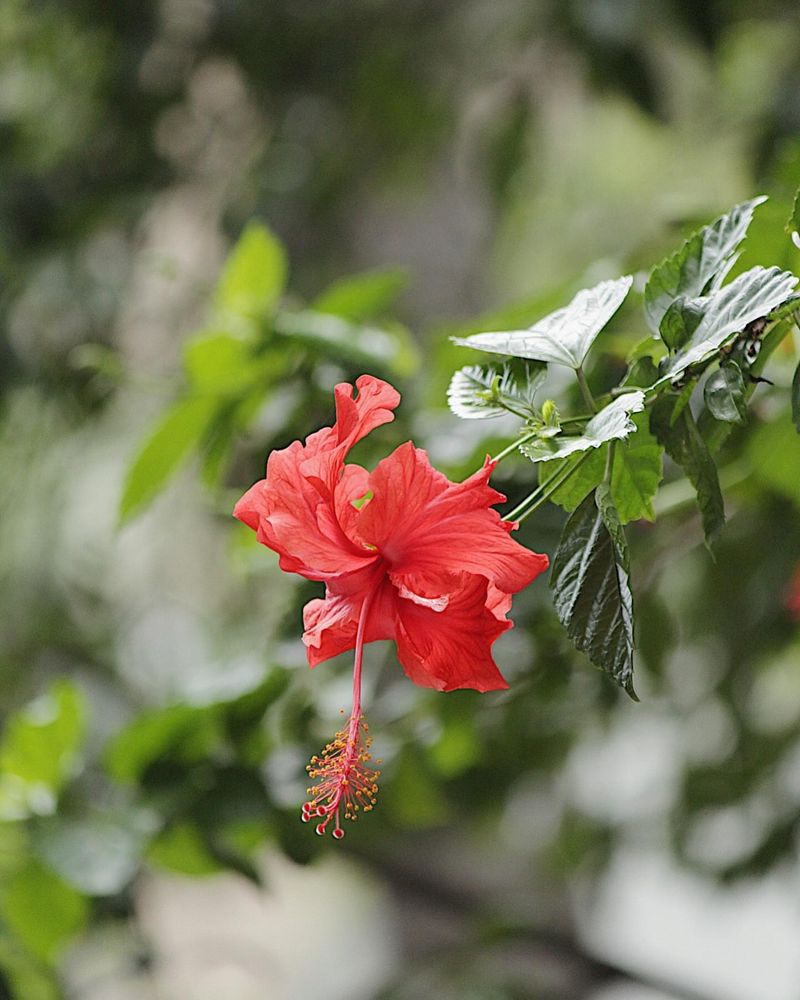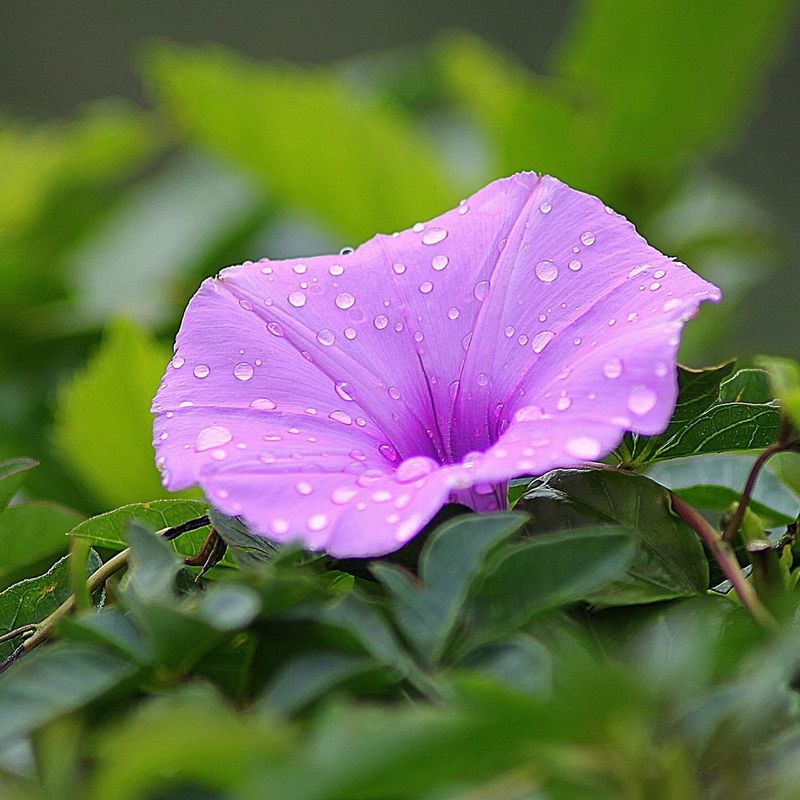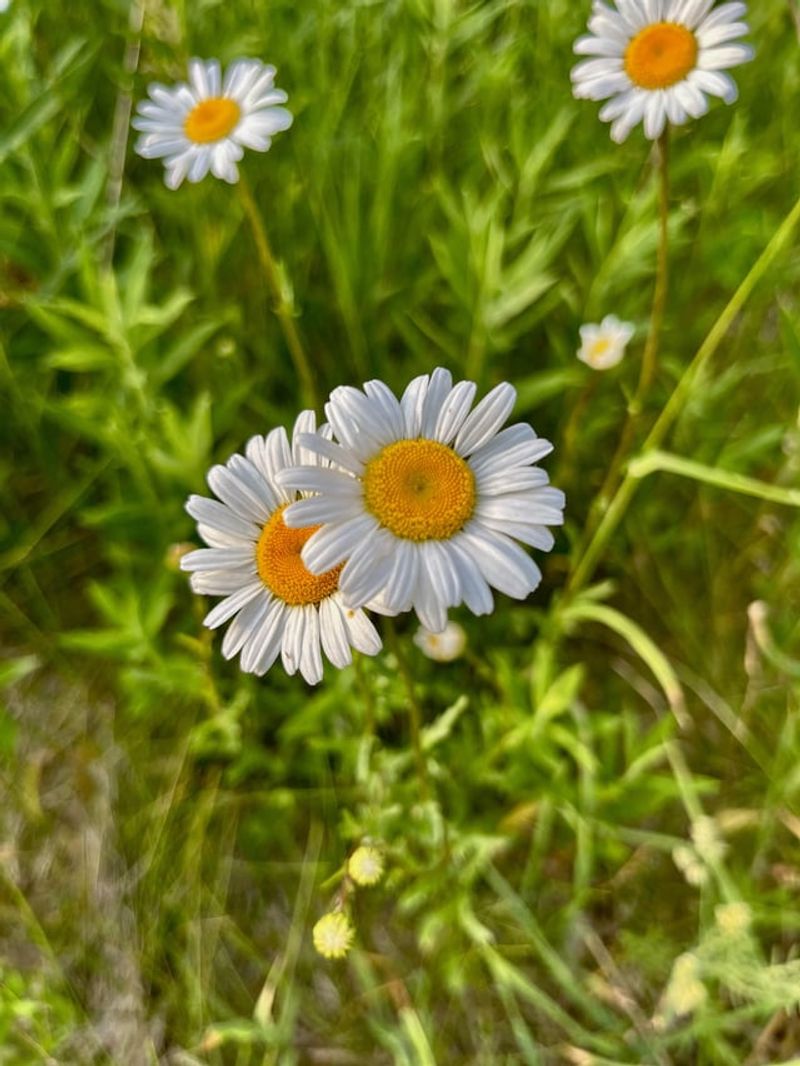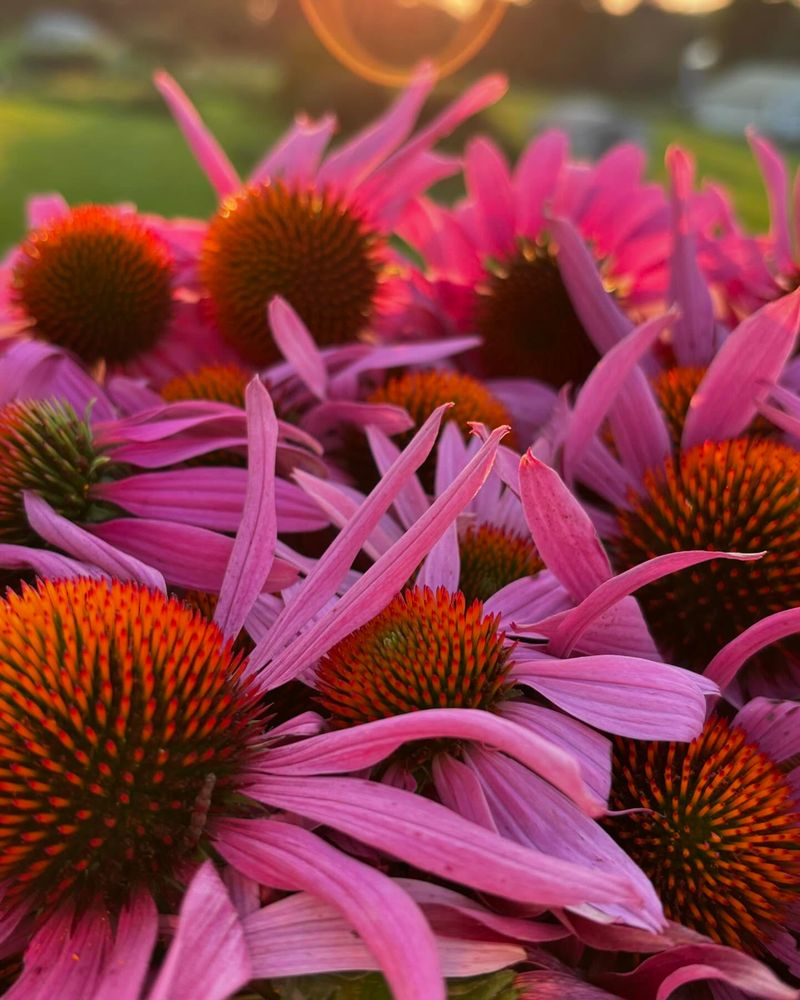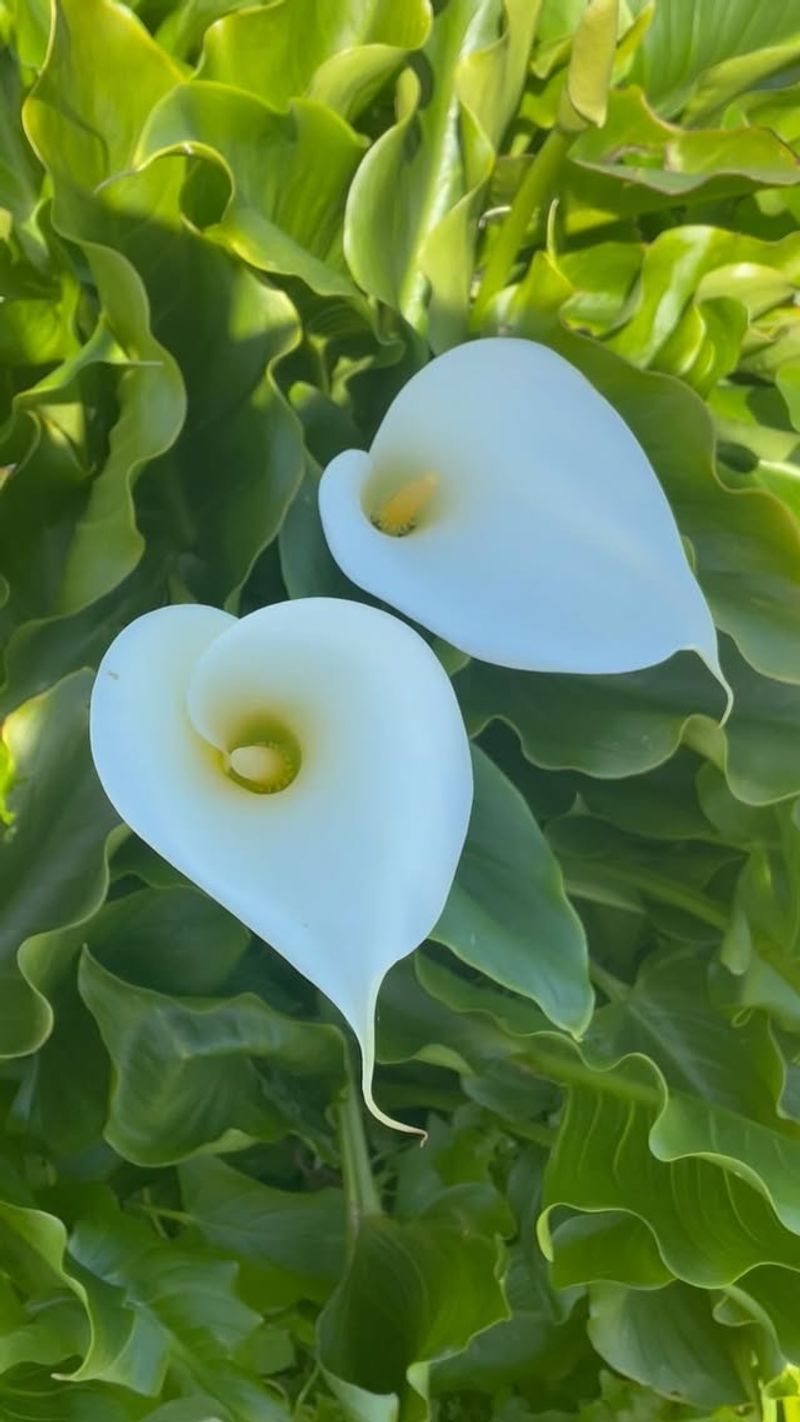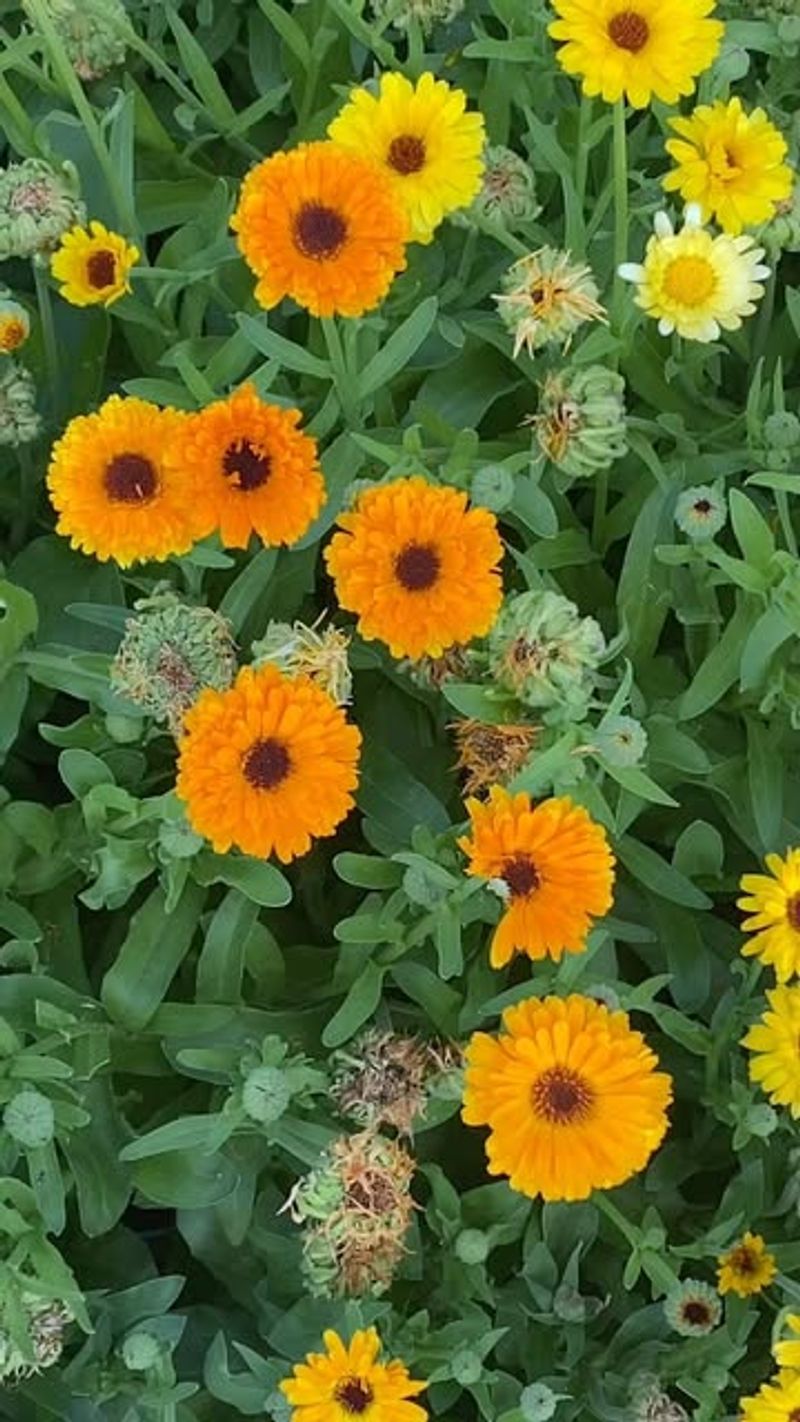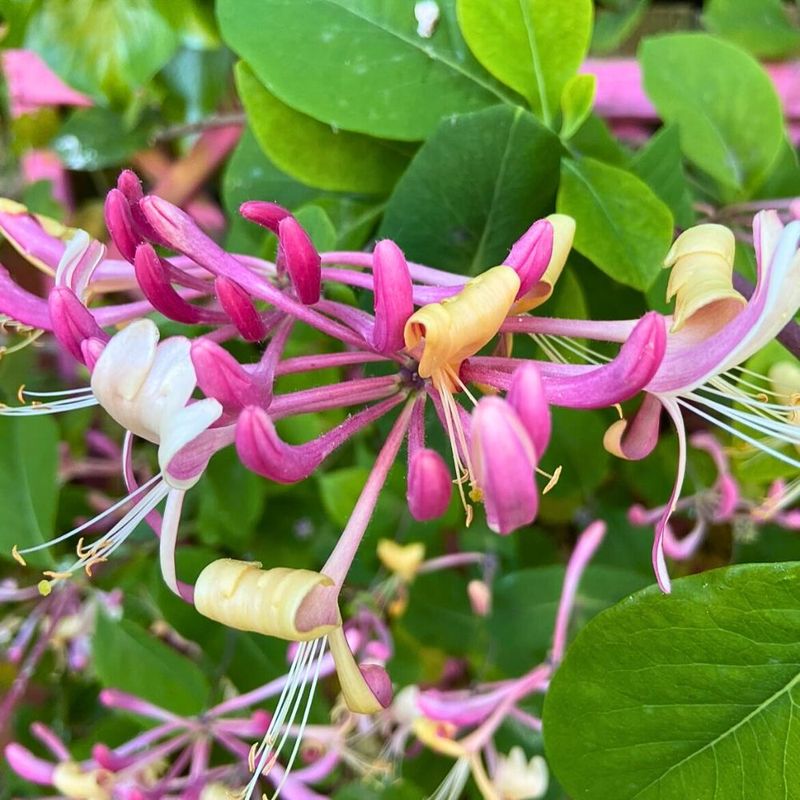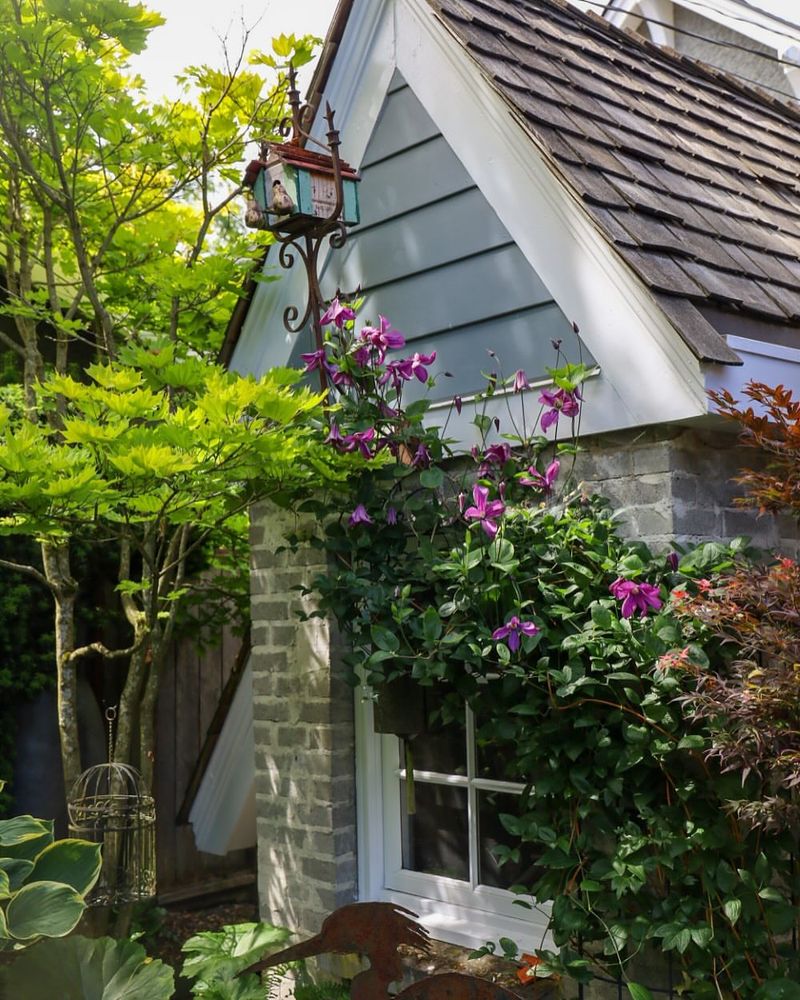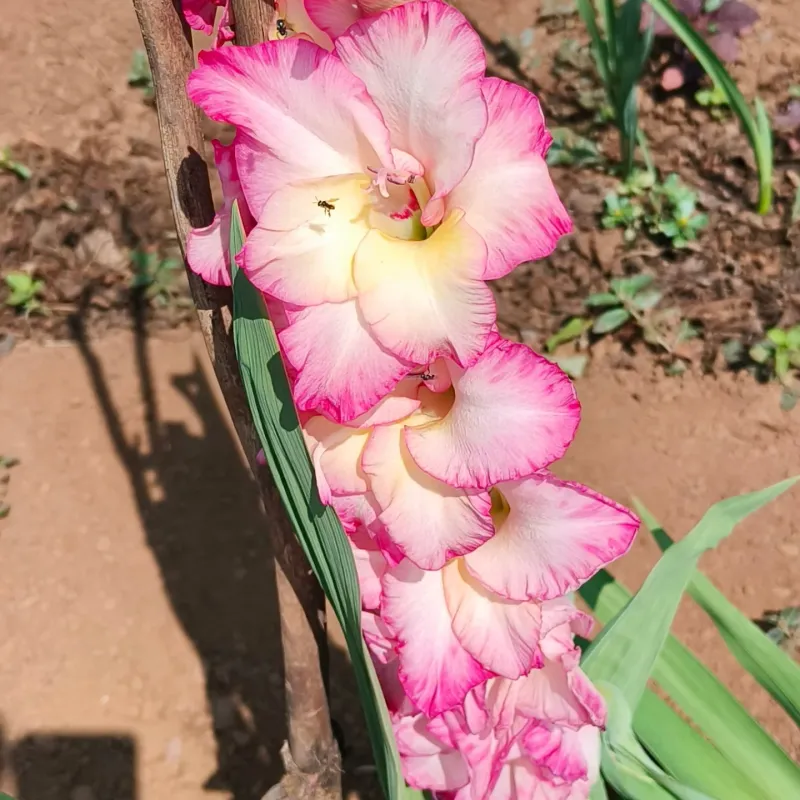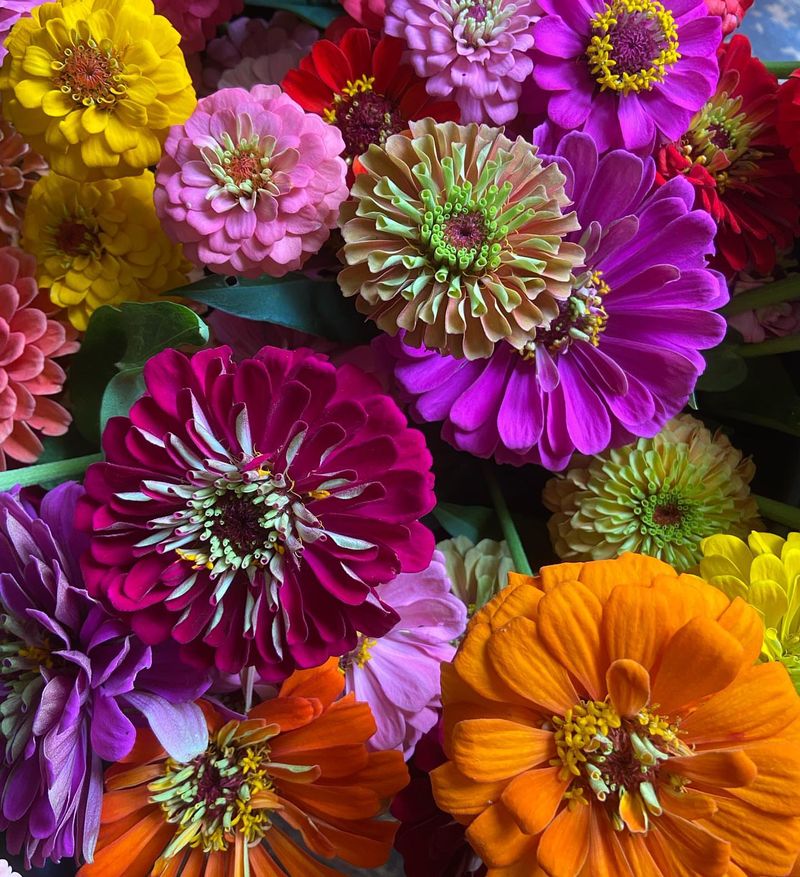Your garden can be more than just a feast for the eyes—it can feed the soul too. Many summer blooms carry deep spiritual meaning, from peace and protection to love, renewal, and inner strength.
These 20 beautiful plants aren’t just pretty—they tell a story, spark emotion, and bring a sense of purpose and presence to your outdoor space.
1. Sunflowers: Sun Worshippers
Standing tall like natural sentinels, sunflowers track the sun’s journey across the sky with their golden faces. Native Americans considered them symbols of harvest abundance and the life-giving sun.
In spiritual practices, they represent loyalty, longevity, and adoration. Their seeds, arranged in perfect mathematical spirals, remind us of nature’s divine order.
Plant sunflowers when you need more positivity or to honor the sun’s energy in your life. Their cheerful presence lifts spirits while their strong stems symbolize backbone during challenging times.
2. Lavender: Peaceful Purifier
Ancient Romans added lavender to their bath water, giving this fragrant plant its name from the Latin ‘lavare’ meaning ‘to wash.’ Beyond its soothing scent, lavender carries powerful spiritual protection properties.
Many believe lavender cleanses negative energies and promotes peaceful sleep filled with prophetic dreams. Its purple flowers represent spiritual awareness, tranquility, and connection to higher realms.
Growing lavender near entrances creates a spiritual barrier against unwanted energies. During stressful times, crushing a few buds between your fingers releases calming compounds that center your mind and spirit.
3. Rose: Love’s Messenger
Every color of rose speaks a different spiritual language. Red roses symbolize passionate love, while white represents purity and spiritual evolution. Pink roses connect to heart healing and gentle affection.
Roses hold sacred status across religions – from Islam’s association with divine beauty to Christianity’s connection to Mary. Their intricate spiral pattern of petals unfolds like the journey of the soul.
Growing roses invites love energy into your space. The thorns remind us that protection and boundaries are necessary parts of love’s path. When you gift a rose, you’re sharing more than a flower – you’re offering a piece of your spiritual intention.
4. Jasmine: Moonlit Intuition
Blooming most powerfully at night, jasmine flowers connect to moon energy and feminine divine power. Their intoxicating fragrance has been used in spiritual ceremonies across Asia to elevate consciousness and enhance psychic abilities.
In Hindu traditions, jasmine represents divine hope and is often offered at temples. The small star-shaped blossoms symbolize the stars themselves – tiny lights guiding us through darkness.
Growing jasmine near bedroom windows allows its dream-enhancing properties to work while you sleep. Many spiritual practitioners use jasmine to strengthen intuition and connect with spirit guides during meditation or divination practices.
5. Lotus: Rising Above Challenges
From muddy waters rises the perfect lotus bloom – a powerful symbol of spiritual enlightenment across Eastern traditions. Unlike most flowers on this list, lotus plants grow through murky water before reaching sunlight, making them powerful symbols of overcoming life’s difficulties.
Buddha is often depicted seated on a lotus, representing the purity that can emerge from challenging circumstances. Each color carries unique spiritual meaning – white for purity, pink for the Buddha himself, and blue for wisdom.
Growing lotus in a water garden reminds us daily that beauty can emerge from difficult situations. The way lotus flowers close at night and reopen with the morning sun symbolizes rebirth and spiritual awakening.
6. Marigold: Spirit Guides
Vibrant orange and yellow marigolds have guided spirits during Day of the Dead celebrations for centuries. Their strong scent is believed to attract and guide ancestors back to family altars during this sacred time.
Beyond death rituals, marigolds represent the sun’s protective fire energy. Many gardeners plant them as borders to ward off pests both physical and spiritual. Their abundant blooms symbolize prosperity and the generosity of nature.
Growing marigolds connects you to ancestral wisdom and protection. Their cheerful faces bring solar energy into shady spots of both gardens and souls. When feeling disconnected from your roots, marigold flowers can help reestablish those important spiritual connections.
7. Passionflower: Divine Suffering
Look closely at the passionflower’s exotic structure – early Christian missionaries saw the entire crucifixion story within its unique parts. The flower’s corona resembles Christ’s crown of thorns, while its five stamens represent his wounds.
Beyond Christianity, this stunning bloom symbolizes spiritual surrender and faith during difficult times. Its complex beauty reminds us that suffering often contains hidden meaning and purpose. Native Americans used passionflower as a calming medicine for anxiety.
Growing passionflower vines creates a living meditation on finding meaning in life’s challenges. When facing difficult spiritual tests, sitting with these flowers can provide perspective and peace. Their intricate design reminds us that complexity often hides within apparent simplicity.
8. Hollyhock: Ambition and Fertility
Towering hollyhocks with their column-like stalks have represented spiritual ambition since medieval times. Garden monks planted these dramatic flowers as symbols of reaching toward heaven through spiritual practice.
In folk traditions, hollyhocks symbolize fertility and abundance. Their ability to produce hundreds of seeds from a single stalk connects them to prosperity magic. Many cottage gardens include hollyhocks to bless the home with children and plentiful harvests.
Growing these dramatic flowers invites upward momentum into your spiritual practice. Their tall stalks remind us to stand straight in our truth while their open-faced blooms encourage honest expression. When setting important life goals, hollyhocks support manifestation energy.
9. Foxglove: Faery Connections
Those bell-shaped blooms nodding in summer breezes hold ancient connections to the faery realm. According to folklore, foxes wore these flowers as gloves to muffle their footsteps while spirit foxes used them to communicate with humans.
Despite containing deadly digitalis, foxgloves represent both protection and warning in spiritual traditions. Their spotted throats were said to mark where faery fingers had touched. Many cottage witches planted foxgloves to invite benevolent nature spirits into their gardens.
Growing foxgloves creates a bridge between worlds. Their dramatic presence reminds us that beauty and danger often coexist. When seeking connection with nature spirits, sitting quietly among foxgloves may open psychic doorways to communication.
10. Yarrow: Warrior’s Healing
Ancient battlefields gave yarrow its reputation as a spiritual warrior’s plant. Named after Achilles who carried it to treat wounded soldiers, yarrow represents the courage to heal after conflict.
Beyond physical healing, yarrow helps repair energetic boundaries and spiritual protection shields. Its feathery leaves and clustered white flowers symbolize both strength and delicacy – the balance needed for true healing. Many shamanic traditions use yarrow in cleansing rituals.
Growing yarrow attracts beneficial insects while repelling spiritual negativity. When facing aftermath from emotional battles, yarrow tea or flower essence supports recovery. Its ability to thrive in poor soil reminds us we can heal and flourish even in challenging circumstances.
11. Hibiscus: Divine Feminine
Across tropical cultures, hibiscus flowers celebrate feminine divine energy. In Hindu traditions, red hibiscus honors Kali, goddess of transformation. Hawaiian spiritual practices use hibiscus to represent beauty, power, and royal status.
The flower’s short blooming period – often just a single day – reminds us to appreciate fleeting beauty and the present moment. Its five petals represent the five elements in many spiritual systems. The prominent stamen represents fertility and creative potential.
Growing hibiscus invites feminine energy regardless of your gender. Their bold colors encourage emotional expression and authenticity. When seeking to balance masculine and feminine aspects within yourself, hibiscus flowers support this spiritual integration.
12. Morning Glory: Spiritual Awakening
As dawn breaks, morning glory flowers unfurl in response to first light – a perfect symbol for spiritual awakening. Their name in Japanese, ‘asagao,’ literally means ‘morning face,’ honoring their daily rebirth.
Ancient Aztecs used certain morning glory seeds in spiritual ceremonies to connect with divine wisdom. The trumpet-shaped blooms represent receptivity to higher guidance. Their climbing nature symbolizes spiritual growth reaching toward enlightenment.
Growing morning glories reminds us that spiritual awakening happens daily, not just once. Their ability to find support structures teaches us to seek appropriate spiritual teachers and systems. When feeling spiritually stagnant, morning glories encourage fresh perspectives and new beginnings.
13. Daisy: Innocence and New Beginnings
Simple yet profound, daisies carry the energy of childlike wonder and spiritual innocence. Their name comes from ‘day’s eye’ because they open with the morning sun and close at night, tracking light like faithful devotees.
The daisy’s structure – golden center surrounded by white rays – represents the sun itself in many folk traditions. Norse mythology connected daisies to Freya, goddess of love and fertility. Their ability to grow almost anywhere symbolizes resilience and adaptability.
Growing daisies invites simplicity and clarity into your spiritual practice. When life feels complicated, their straightforward beauty reminds us of core truths. During times of spiritual renewal or starting fresh practices, daisies support these new beginnings with gentle encouragement.
14. Echinacea: Strength and Immunity
Native American tribes discovered echinacea’s powerful medicine long before modern science confirmed its immune-boosting properties. Spiritually, these striking purple coneflowers represent inner strength and the body’s inherent wisdom to heal itself.
The name comes from Greek ‘echinos’ meaning hedgehog, referring to the spiky seed head that remains standing through winter – a symbol of endurance through difficult seasons. Many spiritual traditions see echinacea as a boundary protector, both physically and energetically.
Growing echinacea connects you to ancestral healing wisdom. Their ability to attract butterflies symbolizes transformation and soul evolution. When facing health challenges or needing to strengthen your spiritual immune system against negativity, echinacea supports resilience and recovery.
15. Lily: Sacred Purity
Across religions and cultures, lilies represent spiritual purity and divine connection. In Christianity, white lilies symbolize the Virgin Mary’s purity, while Buddhist traditions associate them with enlightenment emerging from muddy circumstances.
The trumpet shape of lily blooms represents spiritual proclamation and divine announcements. Their strong fragrance symbolizes how spiritual purity affects everything around it. Many ancient temples featured lily motifs to honor their sacred status.
Growing lilies creates space for contemplation of your highest spiritual ideals. Their elegant presence reminds us that simplicity often holds the deepest wisdom. During important transitions or spiritual ceremonies, lilies create an atmosphere of reverence and sacred intention.
16. Calendula: Solar Protection
Often called pot marigold, calendula’s fiery orange and yellow blooms have connected to sun energy for centuries. Their name comes from ‘calends,’ the first day of each month in ancient Rome, linking them to time-keeping and seasonal awareness.
Spiritually, calendula represents protection, with flowers traditionally hung over doorways to prevent evil from entering. Their ability to bloom month after month symbolizes consistency in spiritual practice. Many healing traditions use calendula to draw out negative energy from both body and spirit.
Growing calendula brings solar protection to your garden and home. Their cheerful presence in difficult conditions reminds us to maintain optimism during spiritual challenges. When seeking to cleanse a space energetically, calendula flowers or oil create powerful spiritual barriers against negativity.
17. Honeysuckle: Sweetness of Devotion
The intoxicating fragrance of honeysuckle vines has long symbolized spiritual devotion and sweet surrender to divine love. In Celtic traditions, honeysuckle represented the binding power of true devotion and the sweetness found in spiritual commitment.
Flowering most abundantly in early summer, honeysuckle marks the transition from spring’s promise to summer’s fulfillment. The nectar-filled flowers attract hummingbirds, connecting them to joy and life’s sweetness. Their twining growth pattern represents how devotion intertwines with everyday life.
Growing honeysuckle near windows allows its sweet scent to carry spiritual reminders indoors. When seeking to deepen your devotional practice, sitting near blooming honeysuckle can inspire heartfelt connection. Their ability to transform plain fences into flowering walls reminds us that devotion beautifies ordinary life.
18. Clematis: Mental Clarity
Known as ‘mental clarity climbers’ in flower essence therapy, clematis flowers help bring wandering minds back to present reality. Their star-shaped blooms represent the balance between imagination and groundedness needed for spiritual wisdom.
In Victorian flower language, clematis symbolized mental beauty and ingenuity. The climbing nature of these plants represents the mind’s ability to reach higher understanding while remaining rooted. Their abundant blooms show how clarity multiplies when properly supported.
Growing clematis creates a living reminder to balance dreamy spirituality with practical action. When meditation practices feel scattered, sitting with clematis can help center thoughts. Their transformation from small buds to expansive blooms parallels how mental clarity unfolds through spiritual practice.
19. Gladiolus: Strength of Character
Named after the Latin word for ‘sword,’ gladiolus flowers represent the spiritual warrior’s strength and integrity. Their tall, straight stalks symbolize moral backbone and upright character even under pressure.
In Victorian flower language, gladiolus meant ‘you pierce my heart,’ connecting them to both love and honorable combat. The flowers opening one by one up the stalk represent progressive spiritual development and character building. Many ancient warrior traditions honored gladiolus as symbols of victory with honor.
Growing gladiolus reminds us to stand tall in our principles. Their dramatic presence in summer gardens represents making a bold statement with your spiritual values. When facing ethical challenges, gladiolus energy supports maintaining integrity while moving through difficulty with grace.
20. Zinnia: Enduring Friendship
Zinnias bring the spiritual gift of lasting friendship and remembrance to summer gardens. Named after German botanist Johann Zinn, these colorful blooms represent thoughts of absent friends and the enduring nature of true connection.
In Mexican Day of the Dead celebrations, zinnias guide spirits with their bright colors and strong scents. Their ability to withstand hot conditions symbolizes friendship that endures through challenging circumstances. The geometric perfection of zinnia petals represents divine order within relationships.
Growing zinnias attracts butterflies – symbols of transformation – while honoring important relationships in your life. When missing someone special, planting zinnias creates a living tribute. Their long-lasting cut flowers remind us that true spiritual connections continue even when physically separated.

